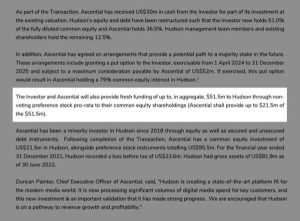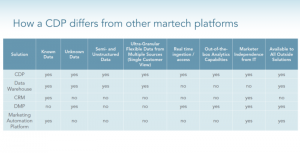In 2015, Forrester predicted that B2B eCommerce sales would be twice that of B2C eCommerce, shedding some light on interesting aspects of the B2B sphere. Whilst the retail sector was the first industry to take up eCommerce, defining many of its key characteristics in the process, the demands of B2B customers are now shaping a different type of eCommerce, one that is markedly different from its consumer-facing counterpart. When you consider the fact that B2B eCommerce boasts a 10% conversion rate (compared with only 3% for B2C) or that 70% of B2B eCommerce sites will offer personalized features to buyers by 2018, the need for suppliers to adapt to a changing industry is only highlighted further. One area that is being changed significantly by the presence of B2B eCommerce is that of operations and supply chain management.
Much of the automation and integration that is typical of eCommerce is growing increasingly present across entire enterprises, such as on the factory floor in the form of smart factories, for example, or throughout logistics networks where the sharing of real-time location data is now prevalent.
In this post, we’re going to look at three key ways that B2B eCommerce is affecting broader changes in the traditional approach to operations and supply chain management.
1. Automation is driving efficiency in operations and supply chain management.
There is a tendency to think that complex supply chains and the multifaceted processes needed to manage numerous suppliers, manufacturers, wide-ranging logistics networks and corporate buyers require disparate multi-layered levels of organization. B2B buyers at all stages of the supply chain, however, are coming to expect the kind of automation and process consolidation that is a hallmark of B2C eCommerce. The fact that many corporate buyers now rely on one-click ordering based on personalized order histories is testament to this fact.
A range of innovations, from cloud technology to backend integration have meant that information and orders can be seamlessly transferred from buyer to supplier, with much less time spent on manual order entry processes.
2. Data sharing is fostering transparency at all stages of the supply chain.
The role of data in B2B eCommerce is already huge, and it’s continuing to grow. On the one hand, the monitoring of customer behavior as they interact with eCommerce portals is shaping and improving the way that the user experience is designed. On the other, the availability of data like stock levels and shipping information is fostering increased transparency.
It’s grown increasingly common, for example, for wholesalers to provide information not just about their own inventory levels, but also about the time at which they are likely to receive more stock.
3. Customer-centricity is becoming increasingly important
eCommerce connects suppliers and their customers in a direct and measurable way. This has meant that it has become much easier to discern customer demands and communicate them between previously disconnected parts of the supply chain. The expectations of retailers, for example, will be evident in the data gathered by suppliers, which can then be passed on to manufacturers.
The digital nature of eCommerce is also such that previously inaccessible individuals are now being prompted to cultivate a presence online, particularly through social media channels. When you consider the fact that top-level executives are increasingly using social media to connect with others in their industry, this trend becomes all the more apparent.
What are your thoughts about B2B eCommerce and its impact on operations and supply chain management? Let us know in the comments section below!
Digital & Social Articles on Business 2 Community(53)
Report Post






